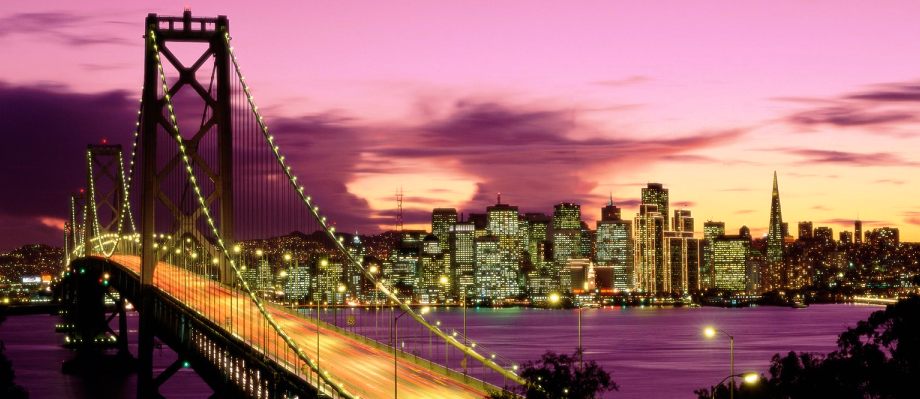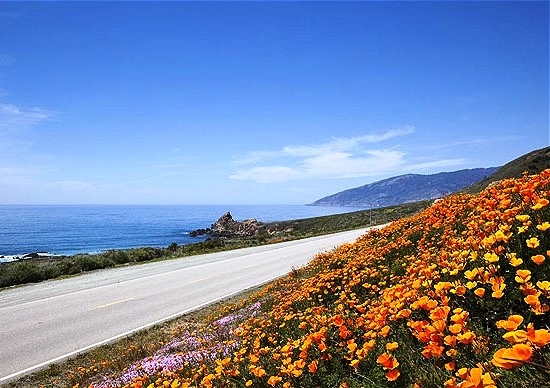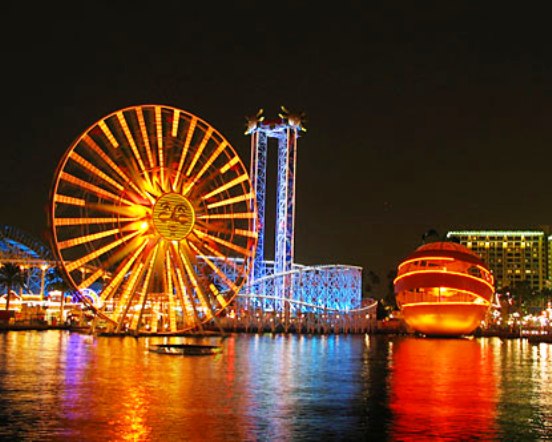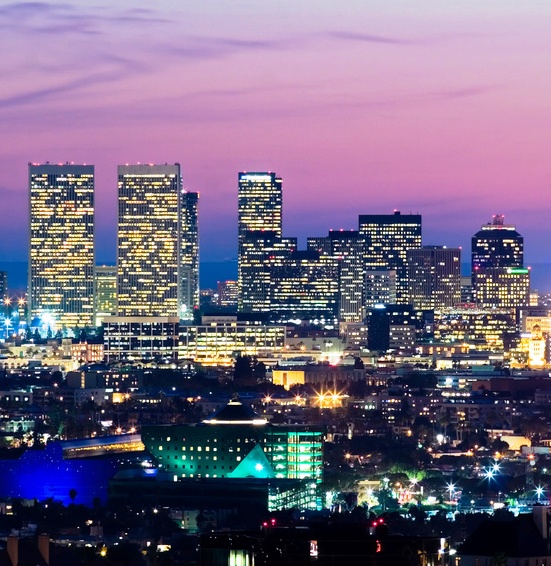Interesting Facts
- States received its name due to the character of the books of the sixteenth century – Queen Califia, ruler of one of the islands near India.
- In the last decade of the last century, the population of California has increased by more than four million people.
- In winter 1937, in California, near the border with Nevada, winter temperature was recorded at forty-three degrees below zero (Celsius).
- By the number of sunny days in the year the capital of California Sacramento is ahead of famous San Francisco and Los Angeles.

Applied to California it is appropriate to use adjectives “most” and “one of the most” – because the state is not only the most populous in the USA and one of the largest in size (second only to Alaska and Texas), but also, perhaps, one of the most famous in the world – largely due to their “paradise” image, formed by Hollywood, a favorable climate and, of course, the former governor, movie superstar Arnold Schwarzenegger. Situated in the south-east of the country, by land California borders with Oregon, Nevada and Arizona, as well as Mexico and from the west California coast is washed by the Pacific Ocean –the pride of those rich people who owns a very expensive coastal real estate.

The state capital Sacramento, where there live about half a million of people, is much less famous for fame and population in comparison to cities like Los Angeles or San Francisco, however, a few years after the entry of California into the Union it was assigned to the Sacramento metropolitan functions that the city bears already about a half centuries. The first Europeans appeared on the territory of modern California were Spanish explorers led by Juan Rodriguez Cabrillo in 1542. For several years, representatives from both the UK (including the famous Sir Francis Drake) and Spain landed on the hospitable shores of California, but serious studies of the land began in the second half of the eighteenth century, when the Spaniards opened several missions, which put a massive presence of the citizens of the Spanish crown in the south-west of the country.

However, the Spaniards remained the masters of the territories for a short time – in the twenties of the nineteenth century Mexico, after the victory over Spain in the war for independence, became the owner of lands in California, and in 1847 as a result of the Mexican-American war, the territory of modern California and several other states were passed to USA, September 9, 1850 the “golden State” became the thirty-first state of the Union. In the middle of the nineteenth century there came the period of rapid development in the region – in the state began “the golden rush” which caused a great influx of new residents; for a few years the population of the state, until the discovery of gold was fifteen thousand, exceeded two hundred thousand. Of course, this influx of people has caused the rapid growth of the various sectors of the economy – from the development of the industry and to the formation of the broad scope of services. In the second half of the last century, California overtook New York in population.
Everyone knows that in California there is a fine climate – about three hundred and fifty days of sunshine a year. However, the huge area of the state (almost one hundred sixty thousand miles) ensures several climate zones with different weather conditions. Thus, in the coastal parts of the state summer pleases hot weather, winter is almost ordinary – is it possible to call “winter” 15⁰ heat or rain instead of snow? Often, the difference between the air temperature in summer and winter is only a few degrees. However, in the northern and mountainous areas of the state in the winter snow is actually present, and the temperature is significantly reduced, although the summer there is not so hot. In the Central Valley of California it is quite hot in summer and cool in winter, the heat of California deserts can withstand not everyone (the famous Death Valley, considered to be the hottest place in the U.S., is also located in California).
Perhaps one of the worst natural phenomena that have to put up with the people of the state – it’s an earthquake. Californians say that “the earthquake – is the fee for a paradise on earth”, annually in California about half a million recorded aftershocks. A significant portion of them are very subtle and do not have a strong effect on people’s lives, but there are some very serious – so, in 1906, an earthquake in San Francisco killed about a thousand people.

